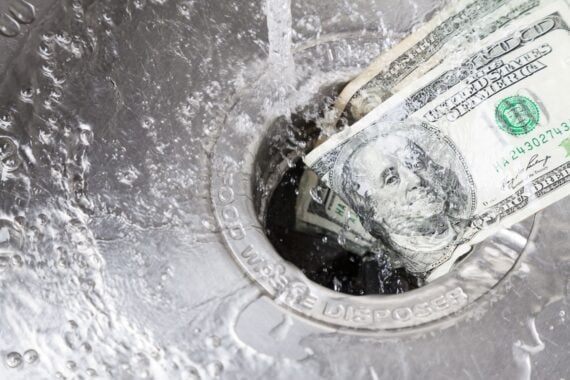When days are cold, staying warm inside sounds perfect — but heat follows the laws of thermodynamics, not your wishes. It naturally moves toward cooler areas, slipping out through hidden weak spots in your home. That means your heater is stuck in a never-ending battle, working hard while your energy bill stays high.
Here are six places in your home where you lose the most heat.
Windows and Doors
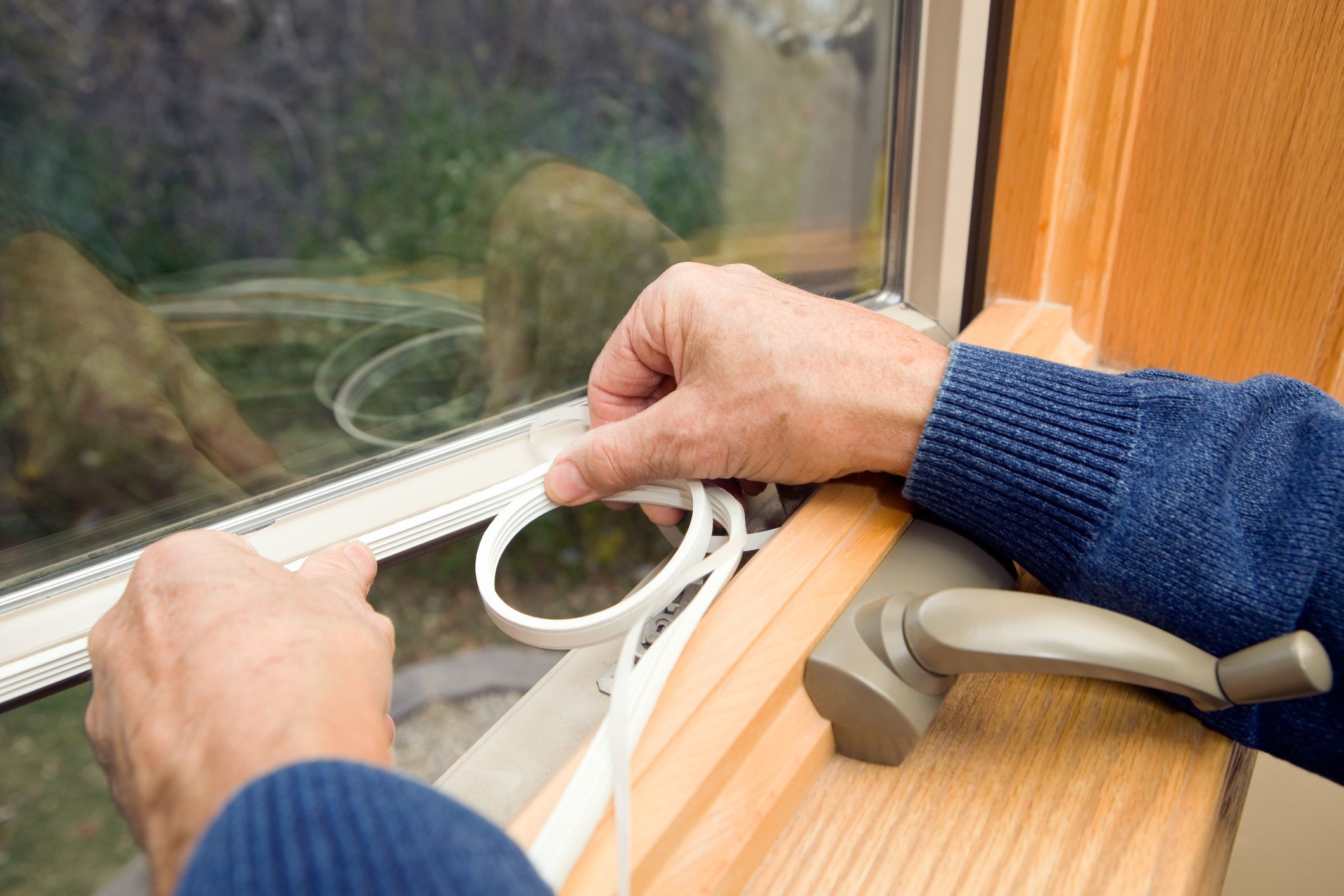
Ironically, while your windows and doors seem to protect you from the elements, they are actually open invitations for cold air.
The U.S. Department of Energy estimates that heat gain and heat loss through windows are responsible for 25%–30% of residential heating and cooling energy use. That means even with your heater on, a good portion of that warmth is slipping right through the glass and gaps around your frames.
If replacing your windows isn’t in the budget, there are ways to improve their efficiency. Caulking and weatherstripping can help seal any cracks or gaps around the frames, cutting down on drafts.
Attic and Roof
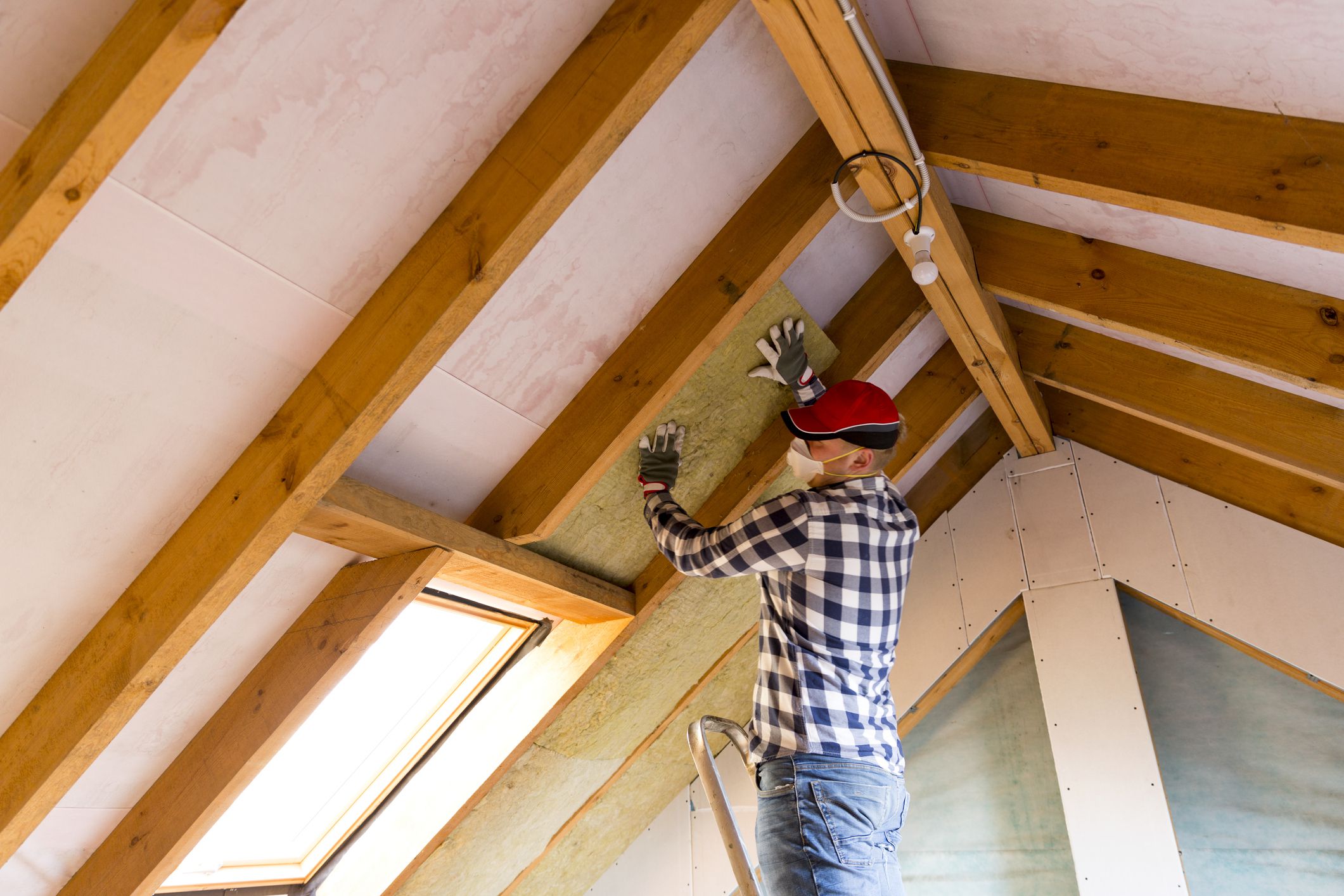
Heat rises, and if your attic isn’t properly insulated, it’s slipping through the roof. Around 25% of a home’s energy loss occurs through the attic due to deteriorated insulation. Add insulation and seal any gaps around vents and light fixtures. Bonus: This also helps in the summer by keeping cool air inside.
Walls
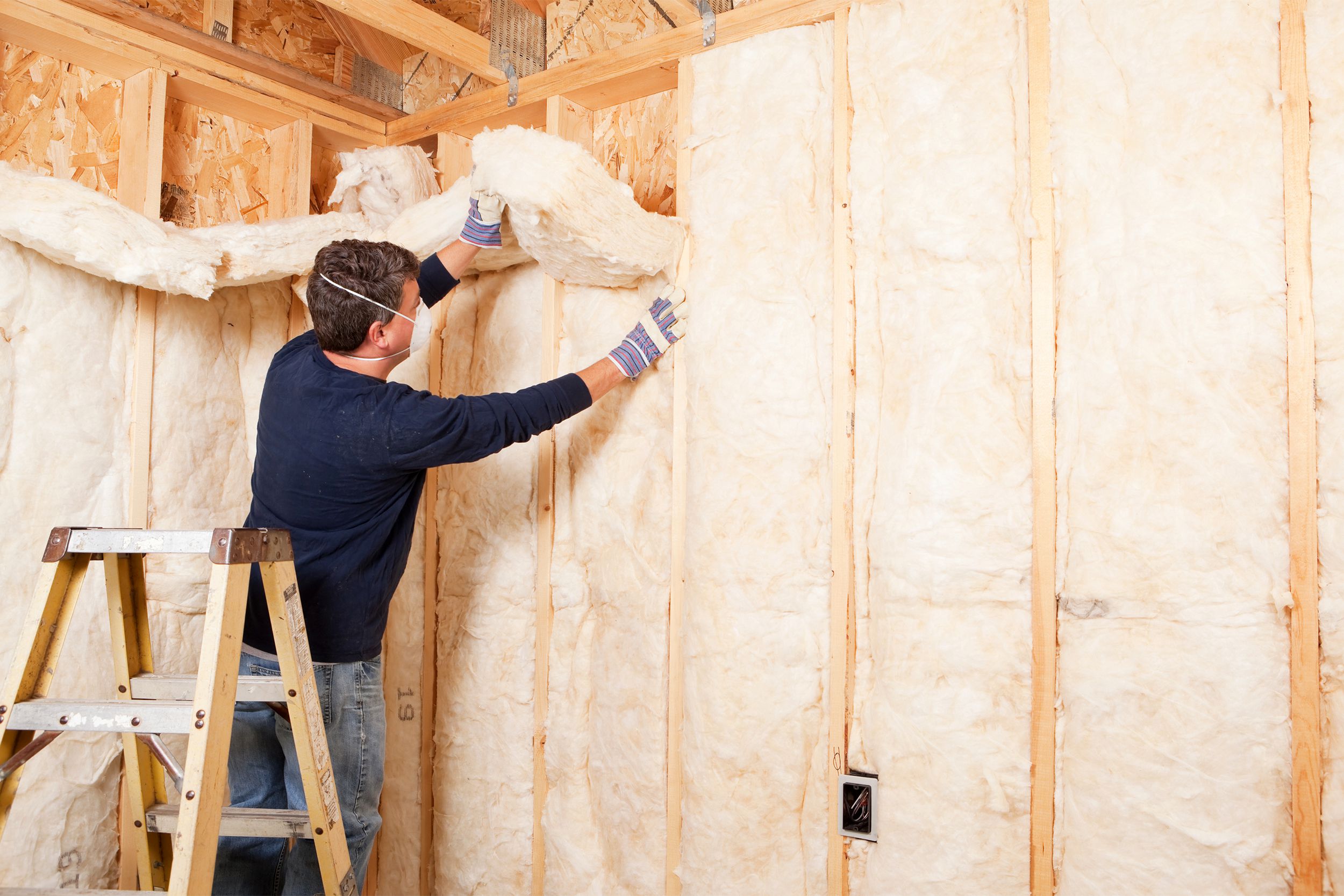
Uninsulated walls leak heat, which means higher energy bills and a heating system that’s constantly overworking. To stop losing warmth and money, you should install insulation to keep heat where it belongs, make your home more energy-efficient, and enjoy lower heating costs all winter.
Basements
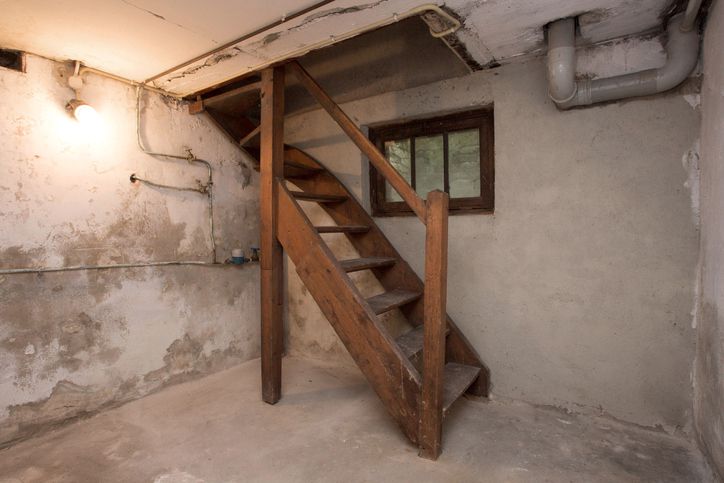
A poorly insulated basement leaks heat into the ground instead of keeping it inside. Up to 20% of your home’s heat loss happens here, making your heating system work harder. Insulate the walls and seal cracks to lock in warmth, keep floors from turning icy, and lower your energy bill.
Electrical Outlets
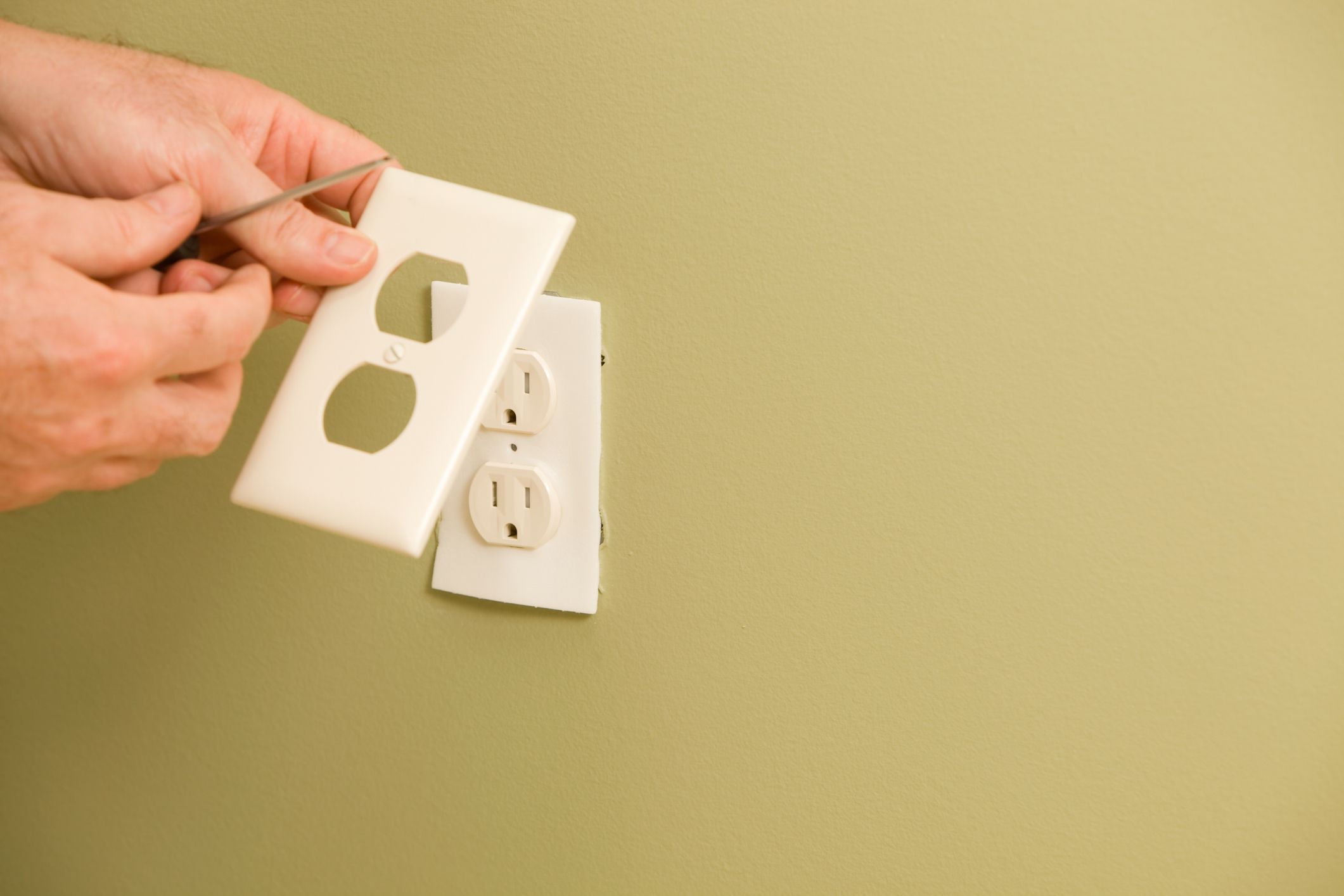
It might not seem like much, but electrical outlets and switch plates on exterior walls can leak small amounts of heat, adding up over time. Cold air sneaks in through unsealed gaps around the outlet boxes, making your home less energy efficient. An easy fix is to install foam gaskets behind the outlet and switch covers to block drafts. For extra insulation, use childproof outlet plugs to prevent air leaks when outlets aren’t in use.
Trending on Cheapism
Floors
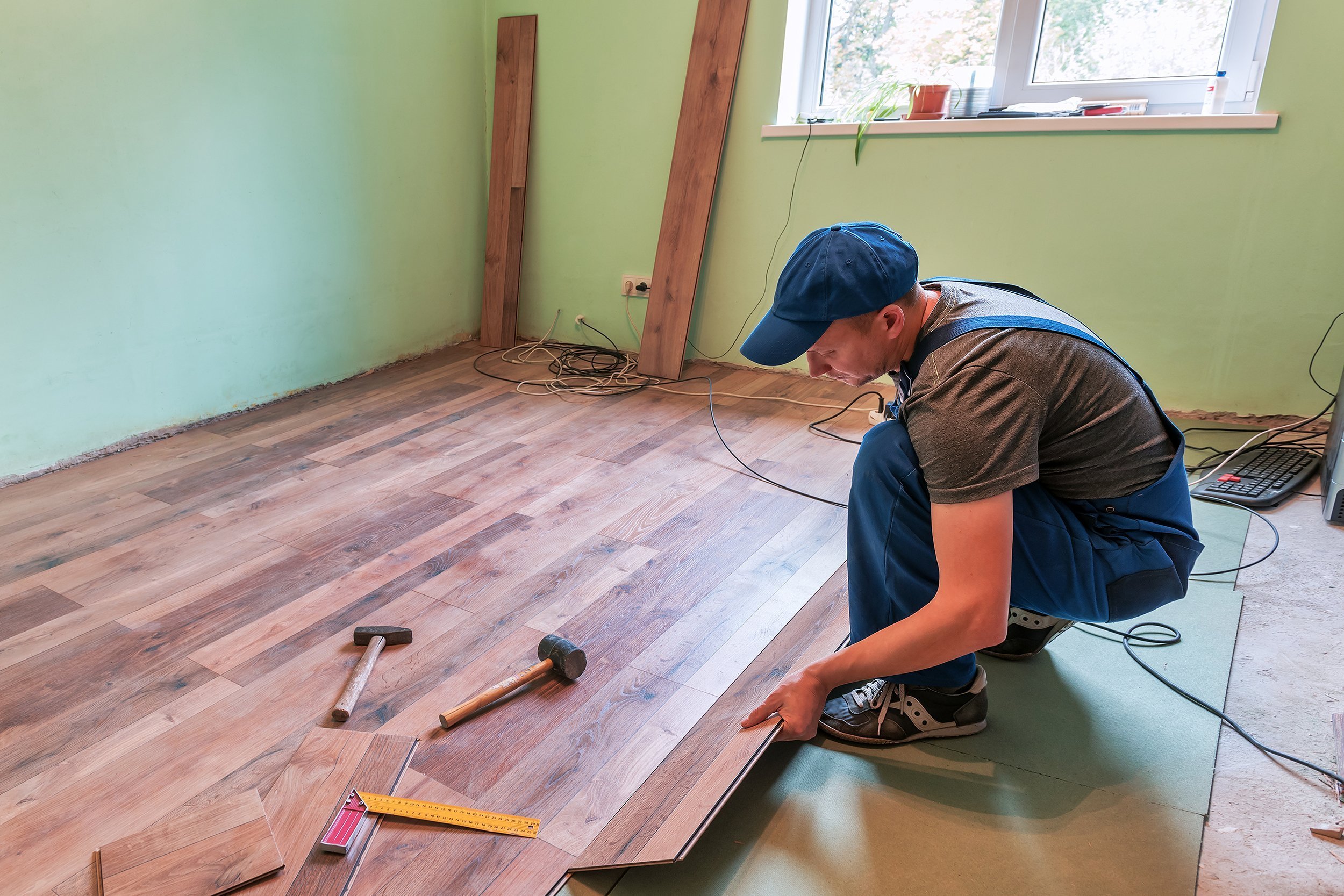
If your floors feel like ice, they’re letting heat slip away and making your heating system work overtime. Gaps, uninsulated crawl spaces, and thin flooring all steal warmth from your home. Add insulation underneath, seal cracks, and throw down some rugs to keep the heat where it belongs — and your feet from freezing.
For more money-saving tips, sign up for our free newsletters.

